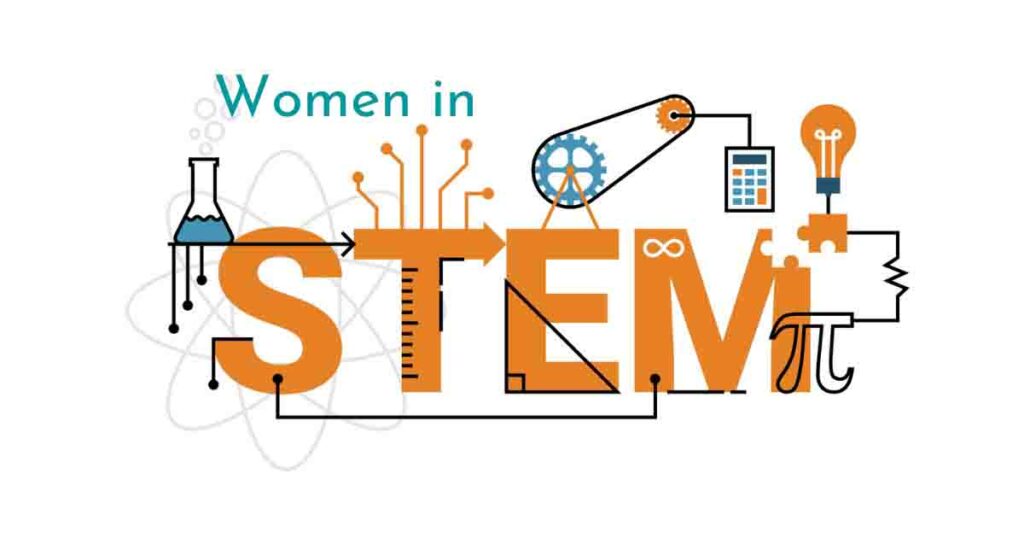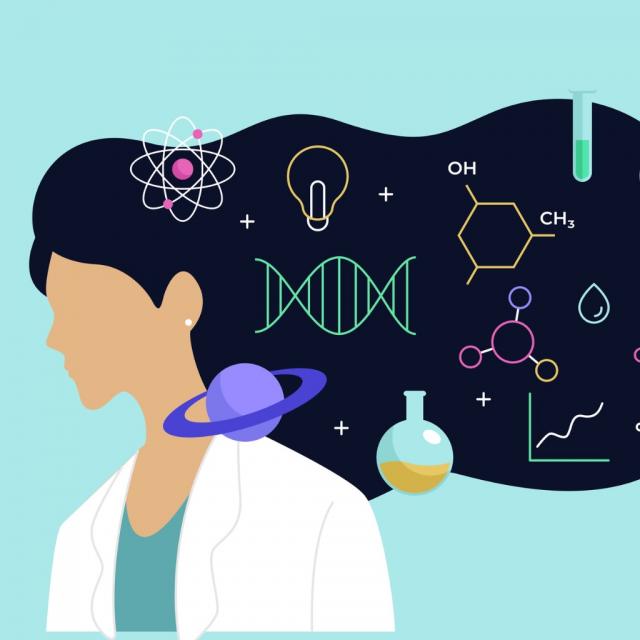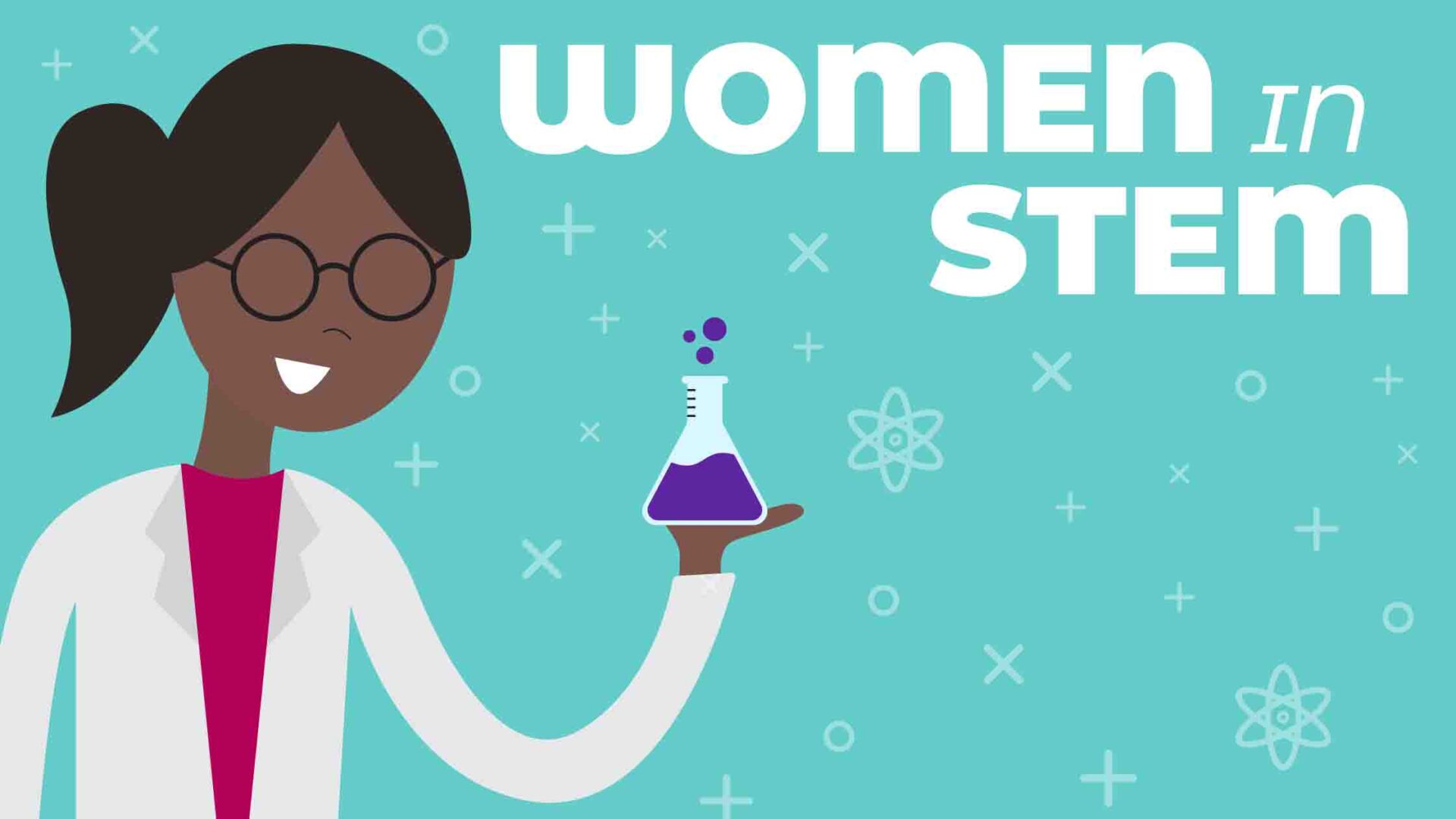From Marie Curie, the Nobel Prize-winning physicist and chemist, to Ada Lovelace, the world’s first computer programmer, women have made significant contributions to science, technology, engineering, and mathematics (STEM) over the years. However, despite their achievements, women have historically been underrepresented in these fields. In this article, we will explore the evolution of women in STEM and the challenges they face today.
The participation of women in STEM fields has increased over the years, but women are still underrepresented in these fields. In the United States, for example, women make up only 24% of the STEM workforce. This trend is reflected in many other countries, including Commonwealth countries.
The reasons for this are multifaceted. Firstly, women face cultural and societal barriers that discourage them from pursuing STEM careers. Stereotypes and gender biases about women’s abilities in these fields still exist, and girls are often discouraged from pursuing STEM subjects in school. Secondly, women often face systemic barriers in STEM fields, such as a lack of mentorship opportunities and gender-based discrimination.

Despite these challenges, women have made significant strides in STEM fields over the years. In the 19th and early 20th centuries, women such as Ada Lovelace and Grace Hopper were pioneers in computer science, laying the groundwork for the field as we know it today.
In the mid-20th century, women made significant contributions to the development of the field of genetics. Rosalind Franklin, for example, played a crucial role in the discovery of the structure of DNA. However, her contributions were largely overlooked at the time, and it was not until many years later that she received the recognition she deserved.
In recent years, women have continued to make significant contributions to STEM fields. In 2018, Donna Strickland became the third woman in history to receive the Nobel Prize in Physics. Strickland’s research focused on the development of high-intensity laser pulses, which have numerous practical applications.
Despite these achievements, women still face significant challenges in STEM fields. In many Commonwealth countries, women account for less than 30% of STEM graduates. This trend is reflected in the workforce, where women are often underrepresented in STEM jobs.

To address these challenges, it is crucial to promote and support women’s participation in STEM fields. This can include programs to encourage girls to pursue STEM subjects in school, mentorship and support networks for women in STEM careers, and policies that address gender bias and discrimination.
Furthermore, it is important to recognize and celebrate the contributions of women in STEM fields. By highlighting the achievements of women in these fields, we can inspire and encourage future generations of women to pursue careers in STEM.
In conclusion, women have made significant contributions to STEM fields over the years, but still face significant challenges. To address these challenges, it is crucial to promote and support women’s participation in STEM fields, and to recognize and celebrate the contributions of women in these fields. By doing so, we can ensure that women’s voices are fully represented in STEM fields, and that women have the opportunity to reach their full potential in these important fields.







